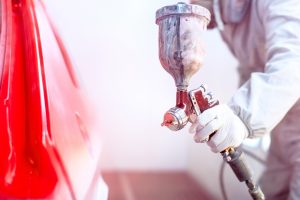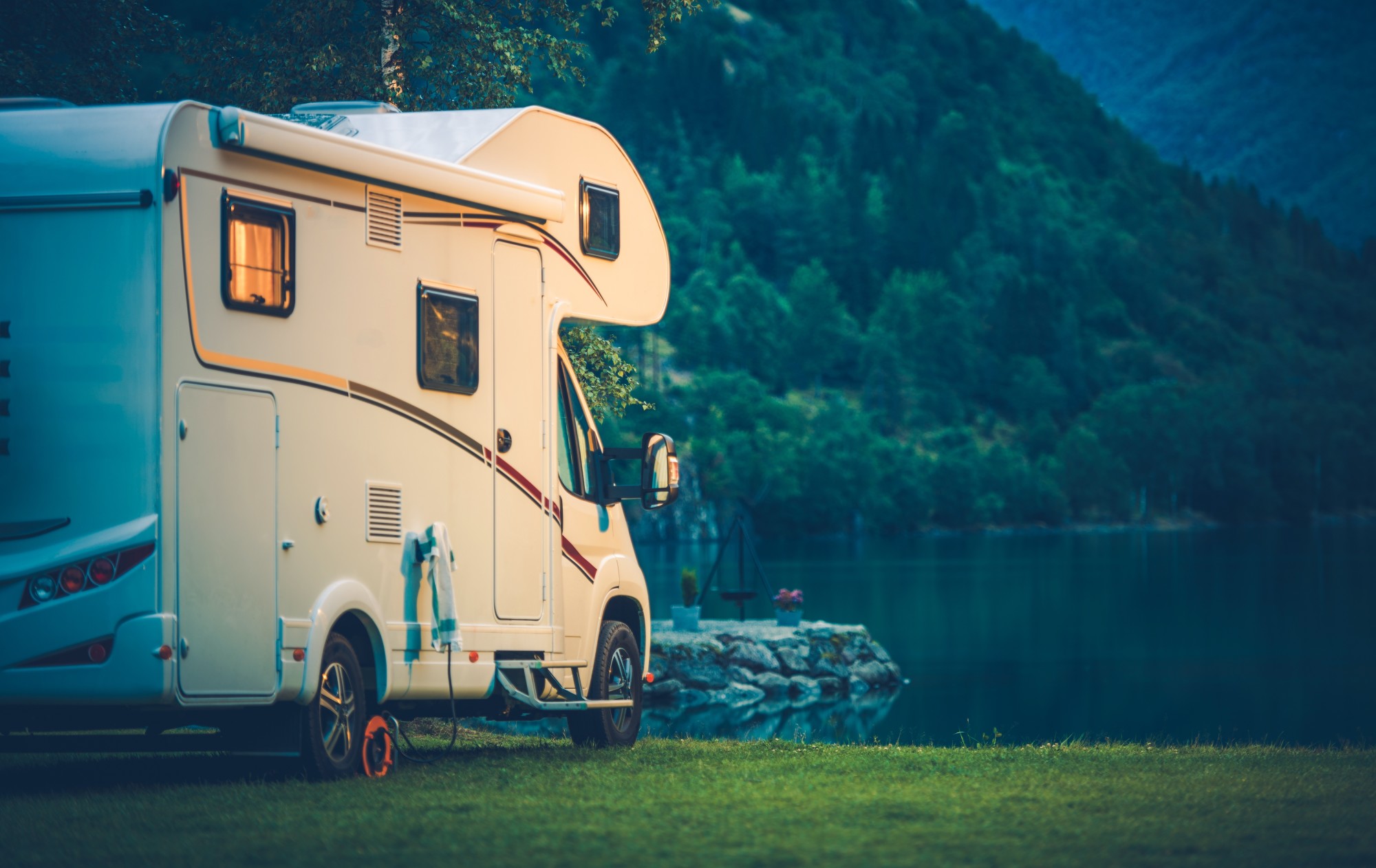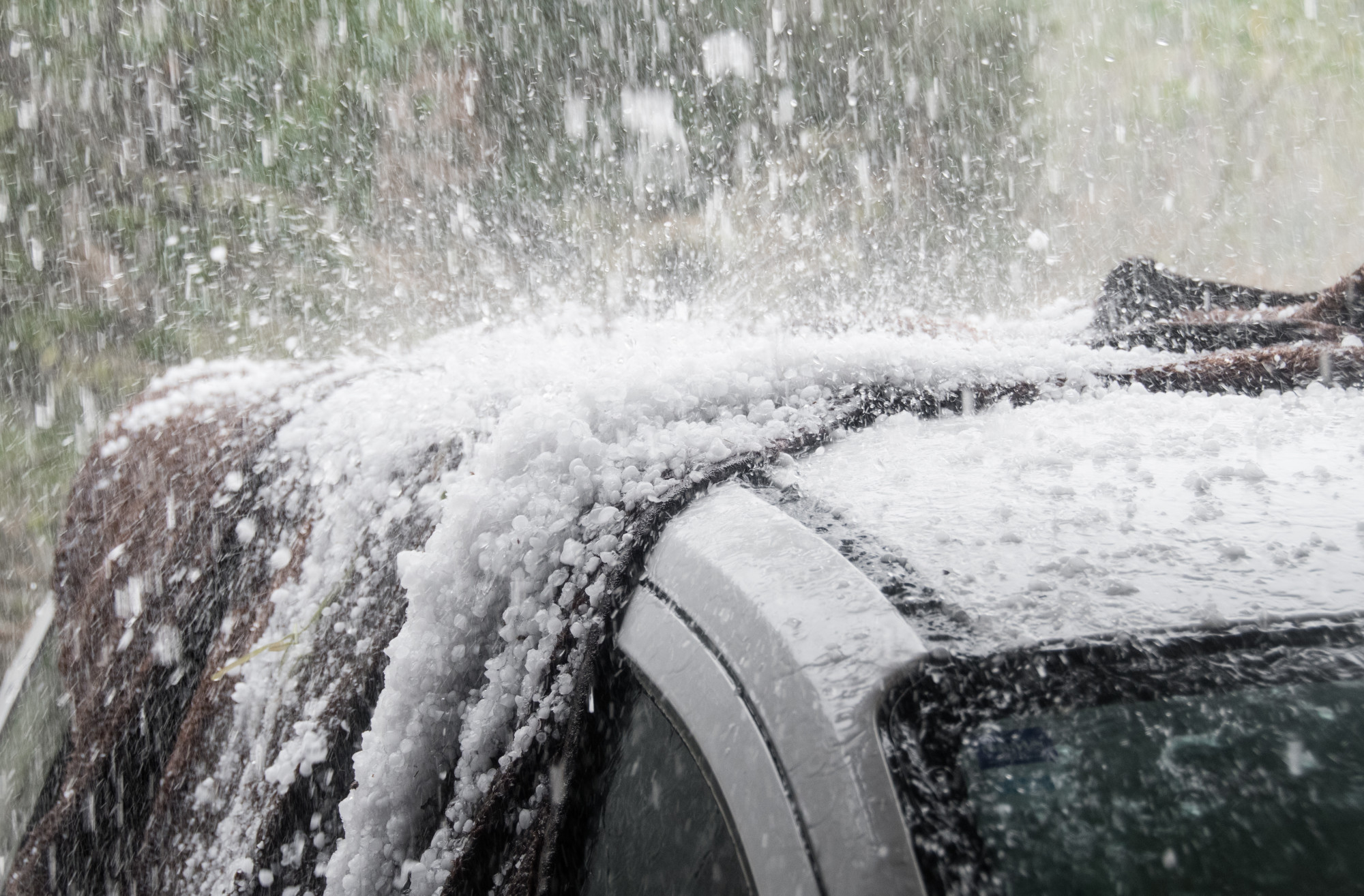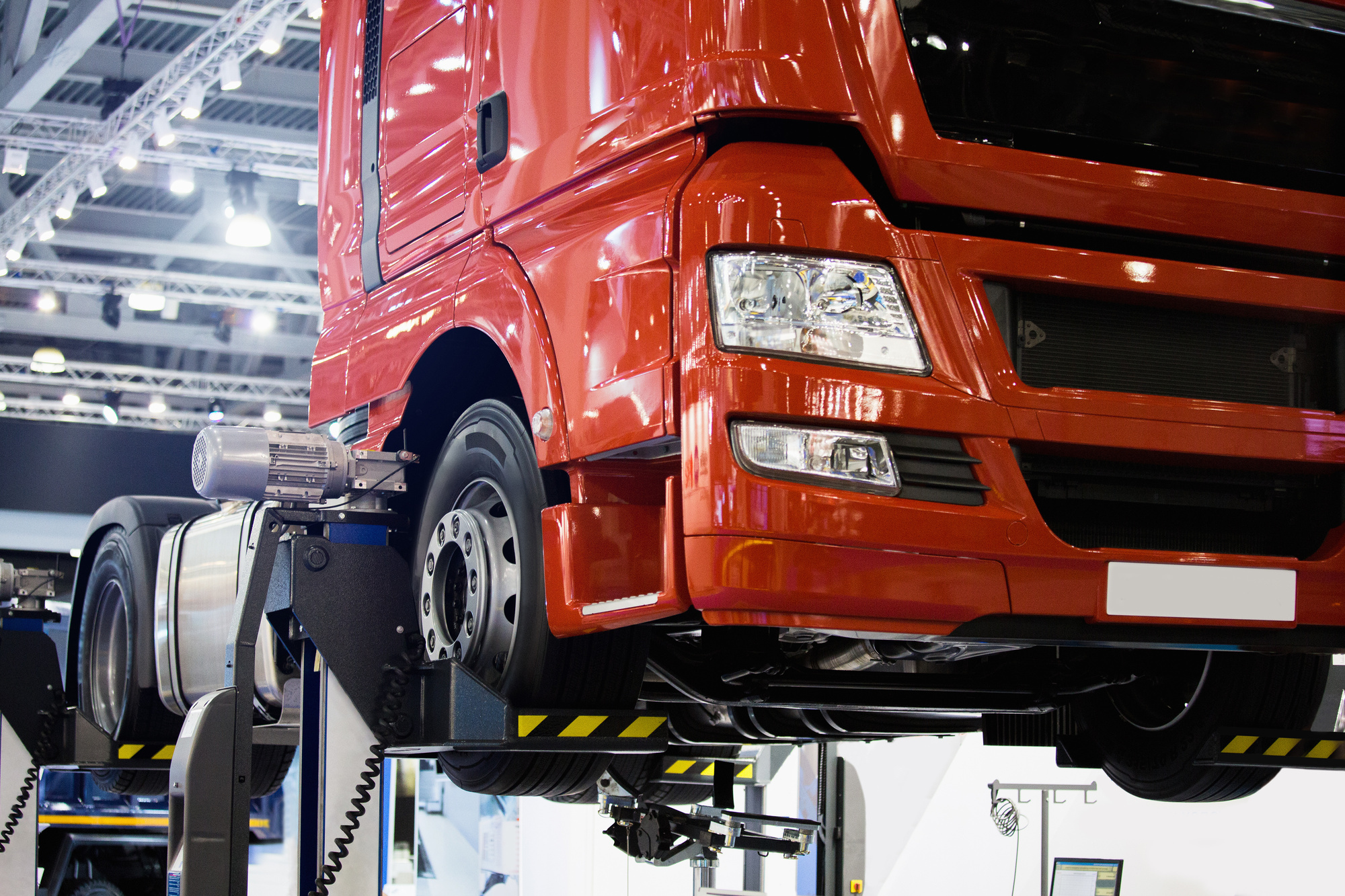
Is your car’s paint looking dingy and faded? Are you looking for a change up in your color? No matter what the reason for it, a DIY car paint job could wind up saving you thousands of dollars.
Figuring out how to paint a car isn’t an easy process, but with good prep work and a systematic approach will have your car looking like new in no time.
So before you get to work, follow our guide below for a quick rundown of how to paint a car.
Supplies
Assuming you don’t have access to something like Marathon Spray Booths, you’re going to need to set a few things in place before you can get started.
Painting a car is nothing like painting a room in your house. It’s a time-consuming job and you’ll likely need to set aside a few days at least to get it done. Ideally, you would have a few weekends that you could work on this project.
It’s best to use a shed to avoid the elements, but it can be done outside if the weather permits and you use some precautions.
Here’s a list of the basic supplies you’re going to need:
- Plenty of 1200 and 2000-grit wet-and-dry sandpaper
- Electric or air-powered sander
- Masking tape and newspapers for masking
- Air compressor
- Spray gun
- Buffer
- Paint thinner
- Face masks
- Safety glasses
- Undercoat
- Topcoat acrylic or enamel paint
- Clear coat lacquer
- A dust extractor to keep the area clean.
For a small- to medium-sized car, you’ll need about one gallon of base coat or primer, three gallons of top coat, and two or three gallons of clear coat. For larger cars, you should have one and a half gallons of base coat, four gallons of topcoat, and three or four gallons of clear-coat lacquer.
Usually, professionals use less than this. But it’s better to have too much paint than not enough.
If you want to match the color of your car, give the color code to an auto paint shop. You can find this on your car’s compliance plate, and the shop should be able to match it.
Prep Work
The first thing you should do to prepare for painting your car is to clean your work area of dust. If you’re spraying outside, hose the area down and make sure that you’re not painting anywhere that something can drop contaminants onto your wet paint.
Then wash the car down and clean all the surfaces. Make sure you get rid of all of the dirt, grease, and road grime you can find.
If you want to paint details like the engine bay, the inner doorsills, or the trunk, you’re going to add a lot of time to your job. You’ll have to strip the car down to its bare basics, and that include removing the engines.
However, if you’re just looking to paint the exterior, all you have to do is mask off the areas you don’t want the paint to touch.
Then, put on your dust mask, eye protection, and turn on the dust extractor.
Stripping
The first thing you should do is strip your car down. You can start doing this by sanding away using circular motions. You might have to sand corners and little crevices by hand.
Your best bet to a great finish is to sand the entire car back to bare metal with a smooth finish. This is time-consuming, each back panel will likely take two hours to complete, but it will give you the best result.
If your time is limited, you don’t have to go that far down. Just make sure you get a smooth, even surface by finishing the last part with a fine-grade wet-and-dry sandpaper.
Then, wipe down the whole surface with a clean rag and thinners to get rid of any dust. Then, wait for any residue to evaporate completely before you continue.
Priming
Next, mask up the areas that you don’t want the paint to touch. Do this job carefully so you don’t get any overspray.
Then, mix the primer with thinners using the instructions on the paint can. This varies from paint to paint.
Before you start painting, practice your spray technique. Get a cheap car panel from a salvage yard, or use scrap steel you have lying around your shop. Hold your spray gun about six inches away from the panel and spray in a side-to-side sweeping motion.
Press the trigger only when you’re moving the gun. If you hold it the whole time you spray, the paint will be thicker where you changed directions and will cause runs.
When you’ve figured out your technique, apply the primer on the car. Start from the roof and work your way down. If you’re doing it right and using thin, even coats, it’ll take about two or three coats to cover the surface completely.
Use the drying times listed on the instructions between coats, don’t rush the job.
When you’re done priming, the surface will have a powdery finish. Use 2000 grit sandpaper to sand the surface down until it’s smooth and even. Then clean your spray gun and wipe down the surface with a rag dampened with thinners.
Don’t apply too much thinner, though, or else it’ll strip the primer away.
Painting
Just like with the primer, mix the paint according to the instructions on the can. Put the topcoat on using the same spraying techniques. When done properly, each coat will take about ten minutes per panel to apply, then 20 minutes to allow the paint to cure.
You should need about three or four coats, and before you apply the last coat, get rid of any powdery reside with 2000 grit sandpaper. Then wipe it down with a clean rag.
Repeat those last two steps with the clear-coat lacquer as well.
Remove the masking while your paint is still wet, making sure you don’t have any tape or paper stuck on the wet panel. Allow your coat to dry for the full time recommended, then inspect the job for imperfections.
Then you can buff the paint in circular motions, careful not to hold the buffer in one spot for too long so you don’t burn the paint.
How to Paint a Car
With enough practice, care, and persistence, you can absolutely paint your car yourself. It’ll save you some money and give you the satisfaction of doing something yourself.
Now that you know how to paint a car, get out there and do it!
For more interesting car news, visit our blog today.




